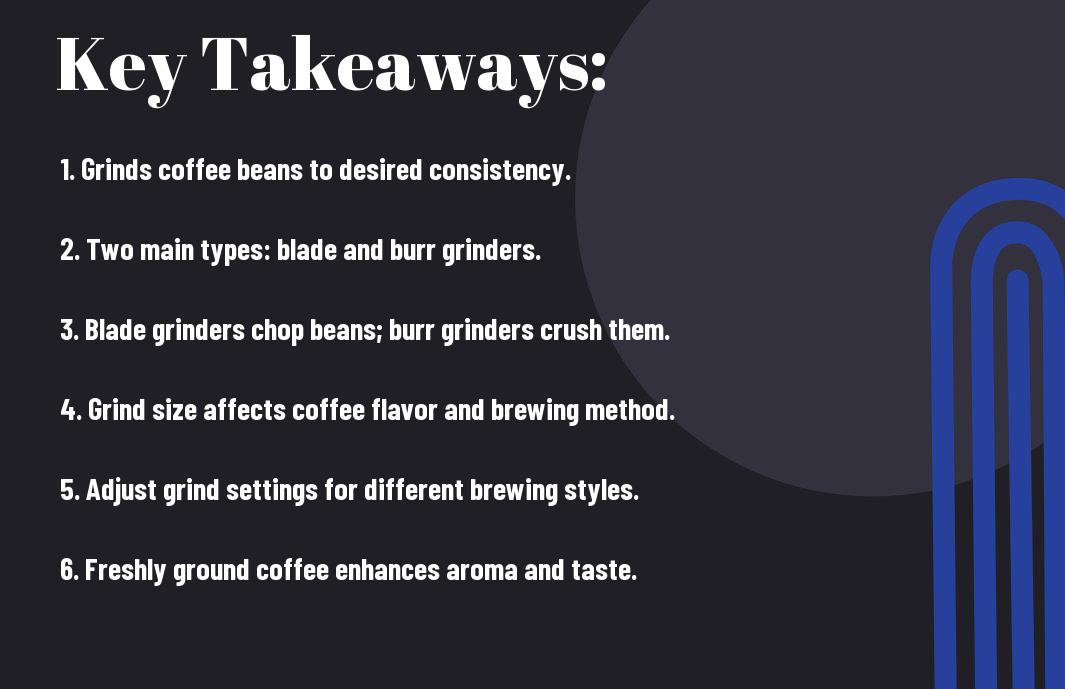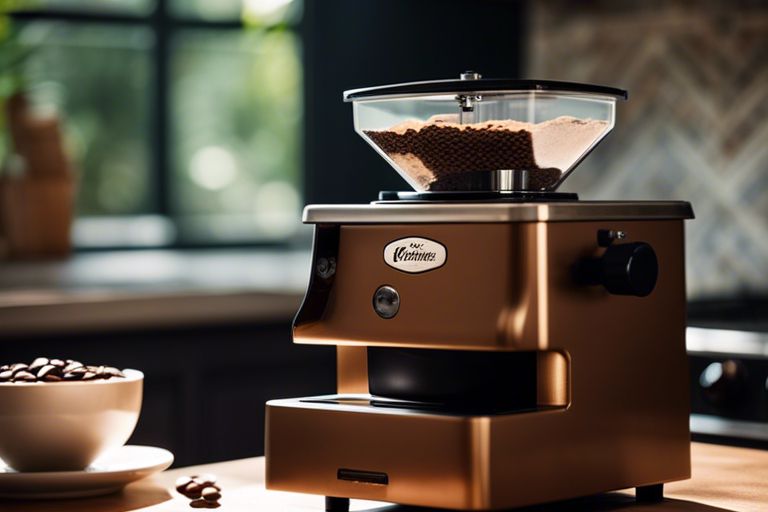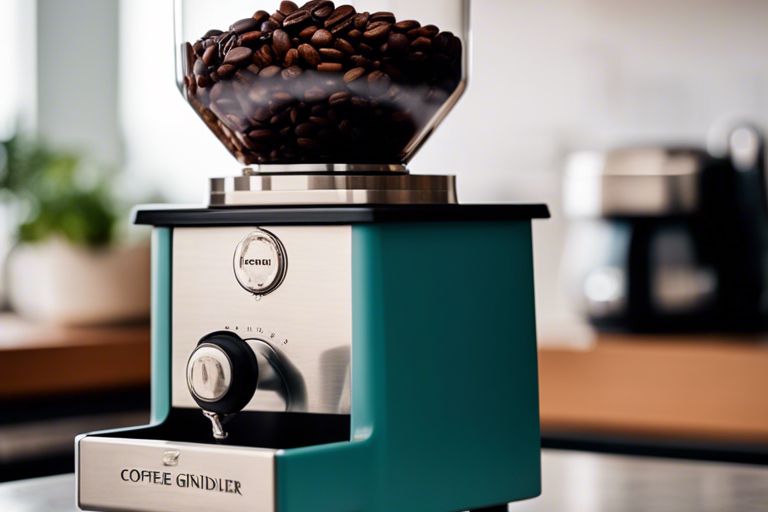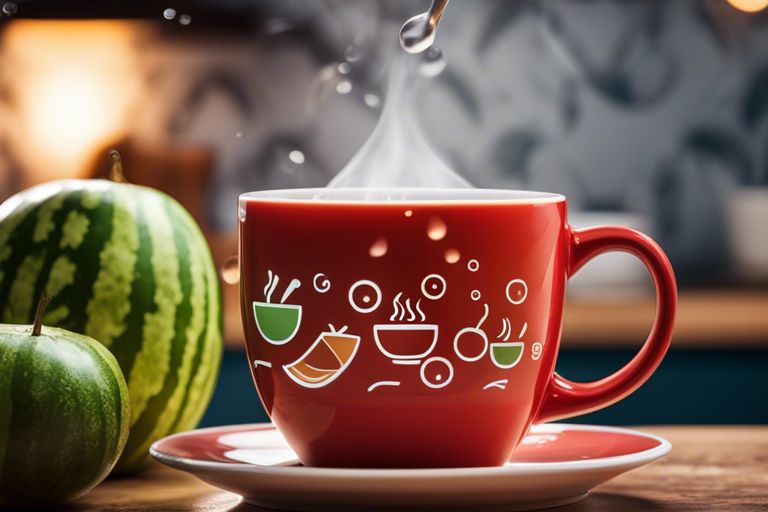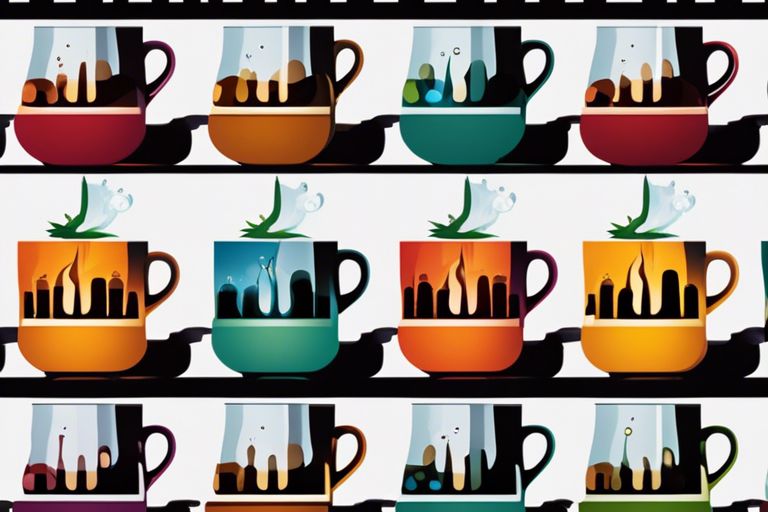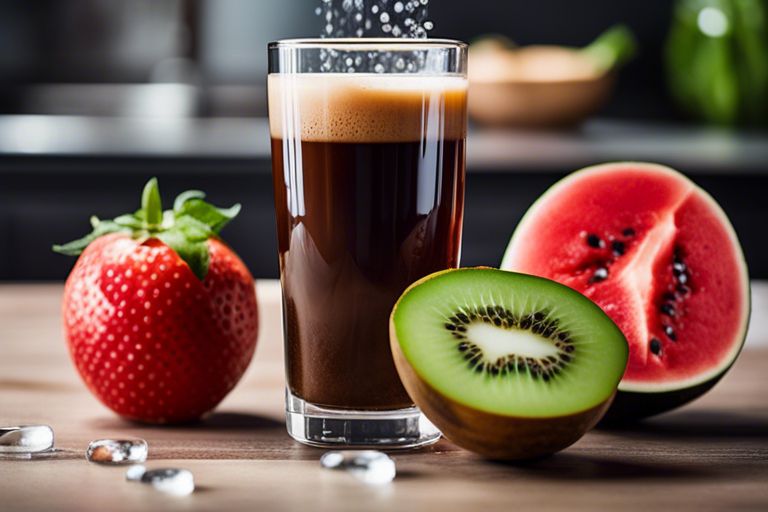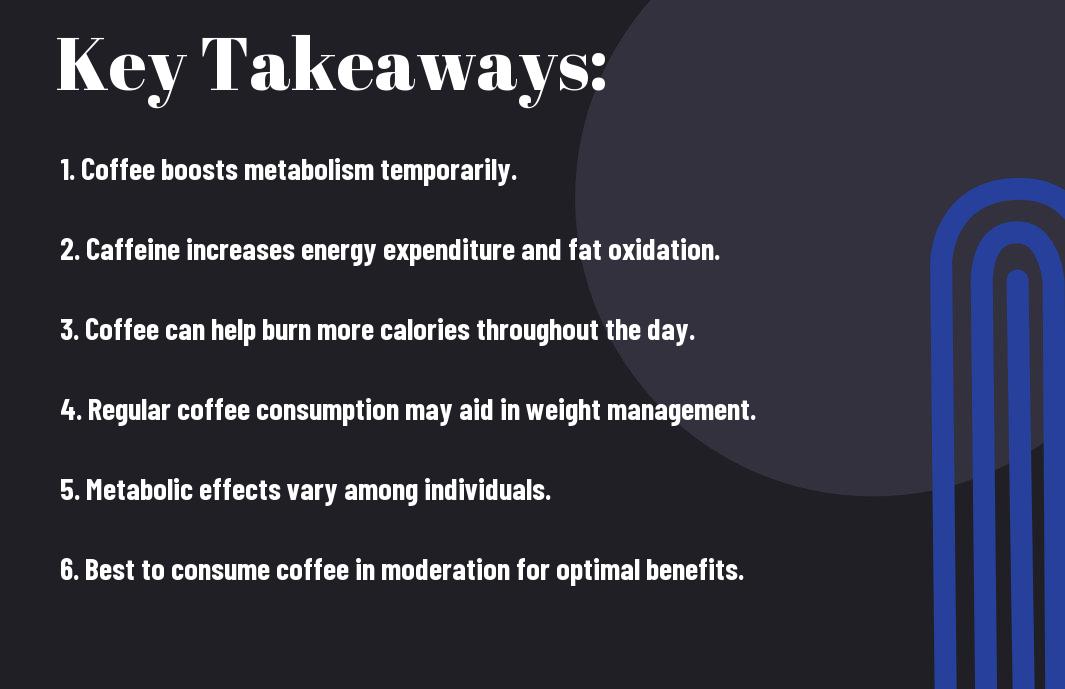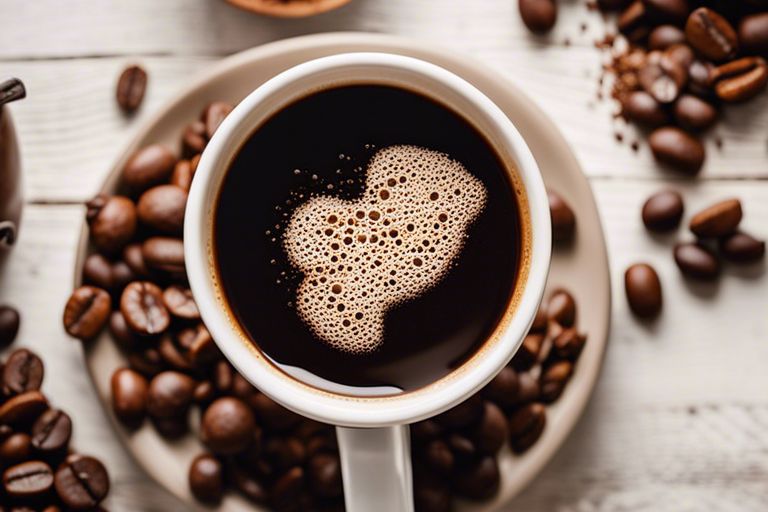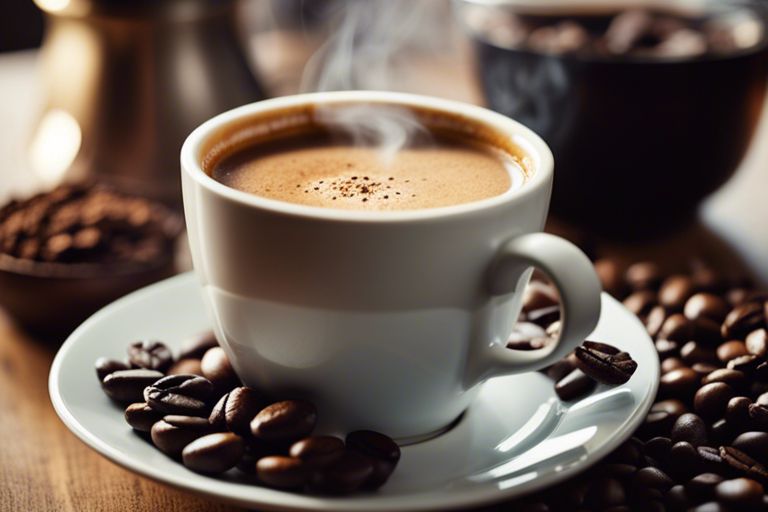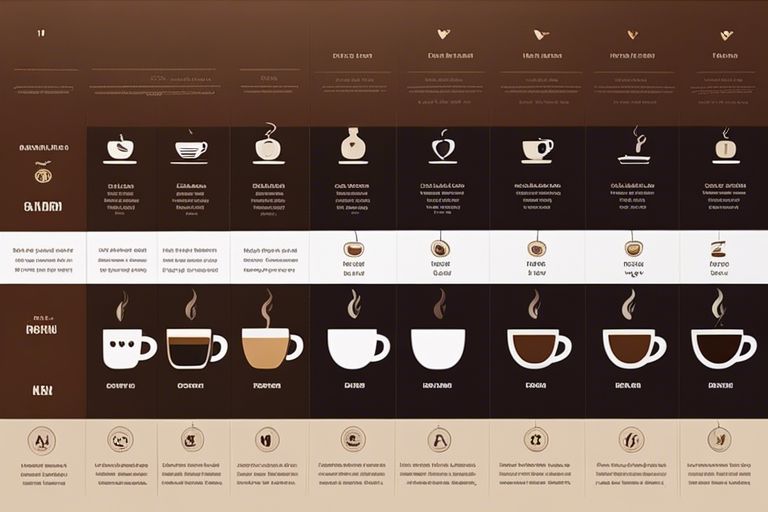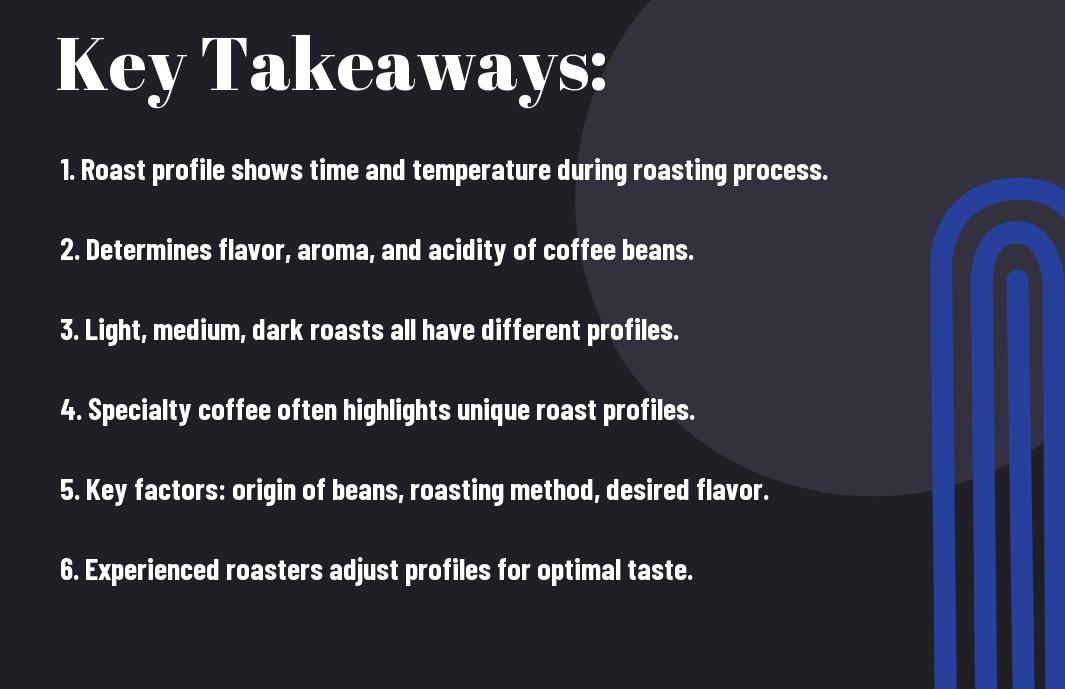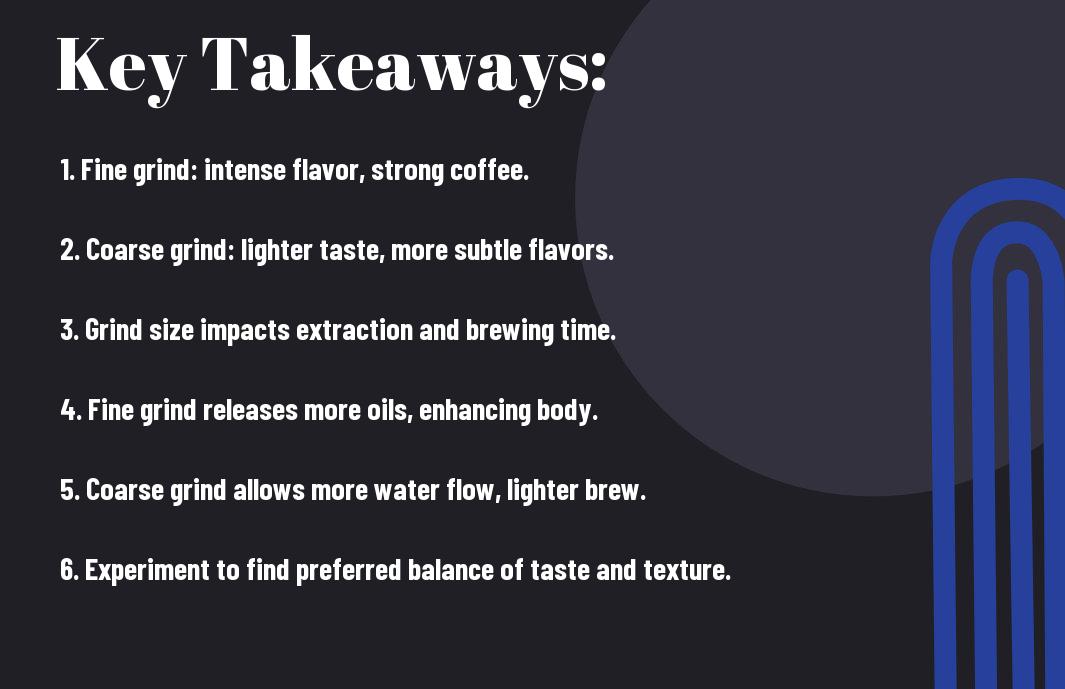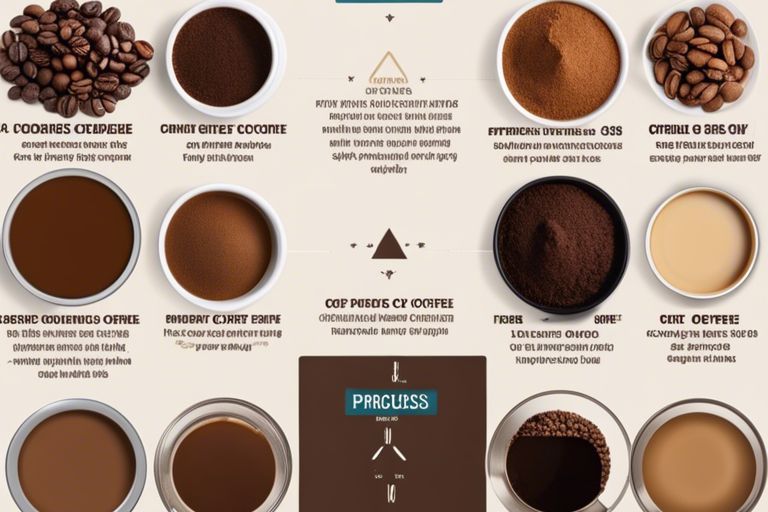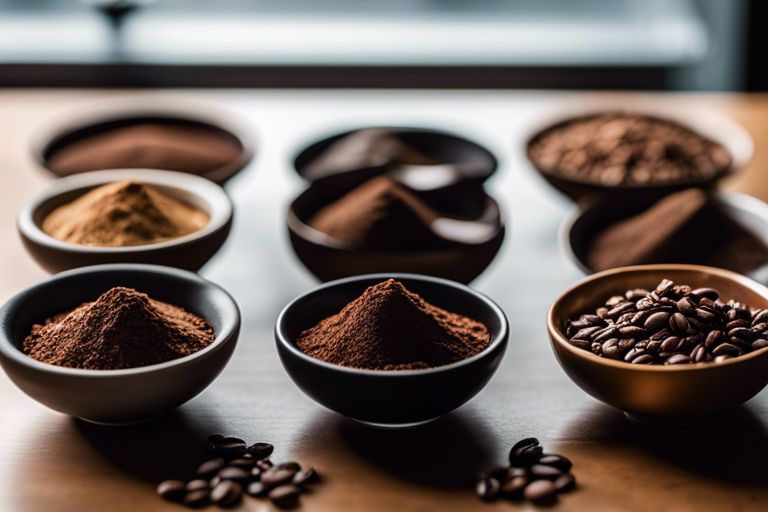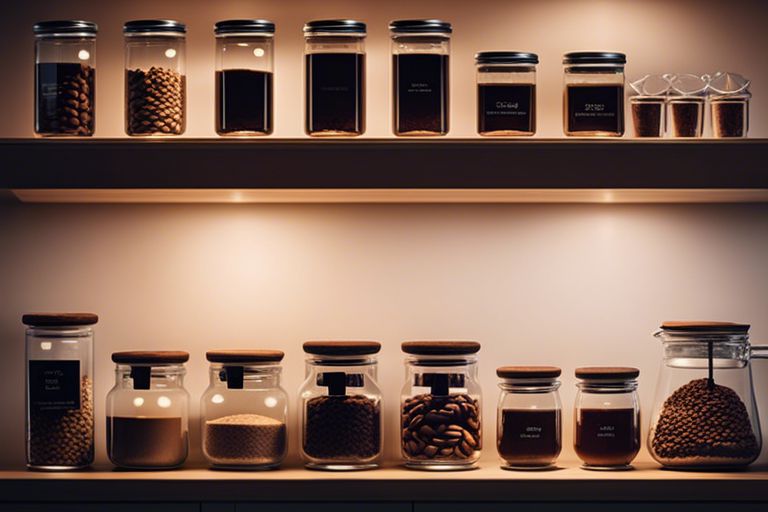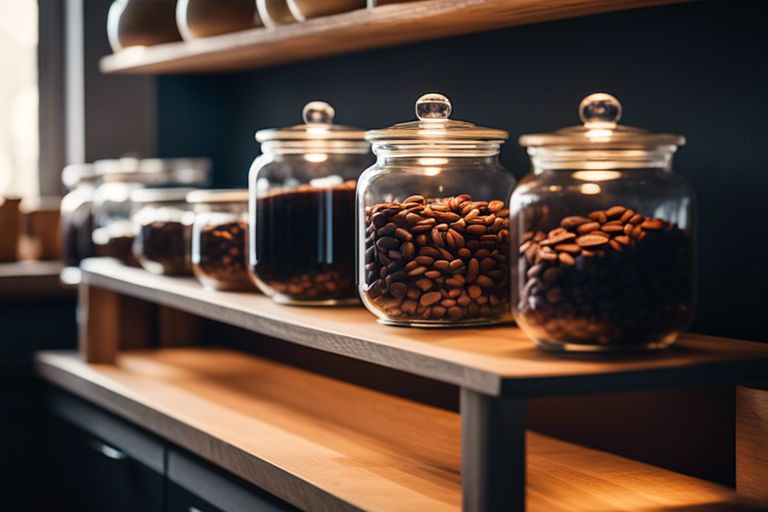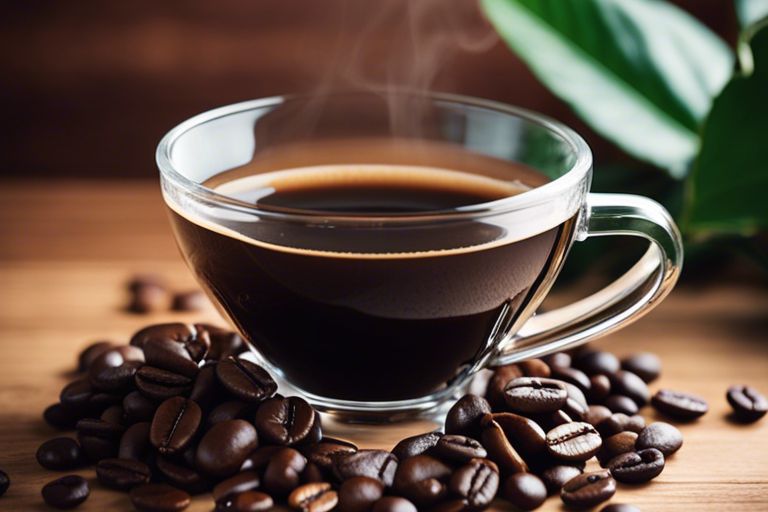Just as a fine spirits connoisseur knows the varied notes of bourbon, understanding the diverse types of coffee beans elevates one’s appreciation for this beloved brew. In the world of coffee, there are primarily two main types of beans: Arabica and Robusta. Arabica beans are known for their smooth and flavorful profiles, while Robusta beans offer a stronger, more robust taste with higher caffeine content. Within these two categories lie a plethora of subtypes and variations, each contributing unique characteristics to your morning cup of joe.
Key Takeaways:
- Arabica and Robusta: The two main types of coffee beans are Arabica and Robusta, each with its own distinct flavor profile and characteristics.
- Arabica: Known for its smooth, complex flavor and acidity, Arabica beans are commonly considered to be of higher quality than Robusta beans.
- Robusta: Robusta beans are known for their strong, bold flavor and higher caffeine content, making them popular in espresso blends.
- Other Varieties: There are also other lesser-known varieties of coffee beans such as Liberica and Excelsa, each with unique flavors and characteristics.
- Personal Preference: The type of coffee beans you prefer ultimately comes down to personal taste, so don’t be afraid to experiment and try different varieties to find your favorite.

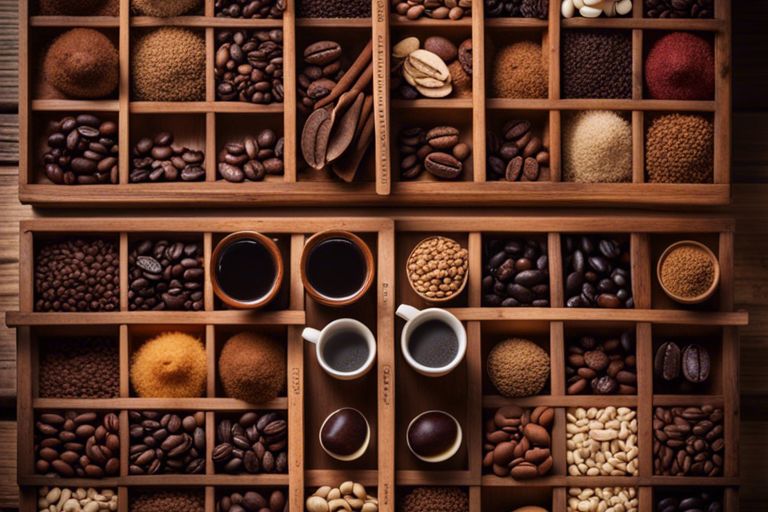
Arabica vs Robusta
The Refined Arabica
To taste Arabica is to taste sophistication. Grown at higher altitudes, this delicate coffee bean is known for its complex flavors and aromas. Arabica beans are often characterized by their fruity, floral, and acidic notes, making them a favorite among coffee connoisseurs. With a smoother and more refined taste profile, Arabica beans are commonly used in specialty coffee blends.
The Bold Robusta
One cannot mistake the boldness of Robusta beans. Grown at lower altitudes, Robusta beans pack a powerful punch with their strong, earthy flavors and higher caffeine content. While some may find Robusta beans too intense on their own, they are often used in espresso blends for their ability to create a thick crema and add a kick to the cup.
Another characteristic of Robusta beans is their higher level of bitterness compared to Arabica. This bitterness, along with their full-bodied texture, makes Robusta beans a popular choice for those who prefer a stronger and more robust coffee flavor.
Single-Origin vs Blends
Some coffee aficionados swear by single-origin beans while others prefer blends. Both offer unique qualities that cater to different preferences.
Unique Flavor Profiles of Single-Origin Beans
Blends are often a mix of various beans from different regions, resulting in a harmonious flavor profile. On the other hand, single-origin beans come from a specific region, allowing for a distinct taste that showcases the unique characteristics of that area. For example, Ethiopian beans may have fruity and floral notes, while Colombian beans are known for their balanced acidity and caramel sweetness.
Balanced Flavors of Blended Beans
Blends are crafted to create a well-rounded cup of coffee by combining beans with complementary flavors. Roasters carefully select beans with different profiles to achieve a balanced taste that appeals to a wide audience. The result is a blend that offers complexity and depth, making it a popular choice for those who enjoy consistency in every sip.
Understanding the nuances between single-origin and blended beans can enhance your coffee experience. Experimenting with both options allows you to appreciate the diversity in flavor profiles and find what suits your palate best.
Light Roast vs Dark Roast
Many coffee enthusiasts often debate between the merits of light roast and dark roast beans. Each offers a unique flavor profile that can cater to different preferences. Light roasts are known for their bright acidity, whereas dark roasts are celebrated for their rich body.
Bright Acidity of Light Roasts
One key characteristic of light roasts is their vibrant and tangy acidity. This acidity creates a zesty and refreshing flavor profile that is often likened to fruits or berries. The light roast process preserves the natural flavors of the coffee beans, resulting in a more pronounced and complex taste experience.
Rich Body of Dark Roasts
On the other hand, dark roasts are revered for their bold and full-bodied flavor. These roasts undergo longer roasting times, which caramelizes the sugars in the beans, resulting in a deep and rich taste profile. Dark roasts often have smoky, chocolatey, or nutty undertones that provide a comforting and satisfying drinking experience.
With their distinct characteristics, both light and dark roasts offer coffee lovers a diverse range of flavors to explore and enjoy. Whether you prefer the lively acidity of a light roast or the robust body of a dark roast, there is a coffee bean out there to suit your taste preferences.
Regional Coffee Beans
All coffee beans have their own unique characteristics based on the region where they are grown. Different climates, altitudes, and soil compositions all play a role in shaping the flavor profile of the beans. Here are a few standout regional coffee beans that are beloved by coffee connoisseurs around the world.
Ethiopian Yirgacheffe: Fruity and Floral
An Ethiopian gem, Yirgacheffe beans are known for their delicate and bright flavors. With prominent fruity and floral notes, this coffee is a favorite among those who appreciate a complex and intriguing cup. Grown in the high altitudes of Ethiopia, these beans are often processed using the washed method, which enhances their clean and crisp taste.
Brazilian Santos: Smooth and Mellow
Santos beans hail from Brazil, the largest coffee producer in the world. Known for their smooth and mellow profile, these beans offer a balanced cup with a medium body and low acidity. They are often used as a base in blends due to their versatile and crowd-pleasing characteristics.
Mellow and approachable, Brazilian Santos beans are ideal for those who prefer a mild and easy-drinking coffee. Whether enjoyed black or with milk, these beans provide a comforting and familiar flavor profile that appeals to a wide range of coffee enthusiasts.
Colombian Supremo: Balanced and Nutty
One of the most famous coffee beans in the world, Colombian Supremo is beloved for its well-rounded flavor profile. With a perfect balance of acidity and body, these beans offer a smooth and satisfying cup. Notes of nuttiness can often be detected in Colombian Supremo, adding a layer of depth to its flavor profile.
Ethiopian Yirgacheffe, Brazilian Santos, and Colombian Supremo are just a few examples of the diverse and flavorful regional coffee beans that can elevate your coffee experience. Each type offers a unique taste that reflects the terroir of its origin, showcasing the rich diversity of the coffee world.
Specialty Coffee Beans
For Types of Coffee Beans that are considered specialty, there are several unique varieties to explore. These beans are often grown in specific regions and are carefully cultivated to bring out their distinct flavors and characteristics.
Gesha: Exotic and Complex
The Gesha coffee beans are known for their exotic and complex flavors, often described as floral, citrusy, and tea-like. Originally from Ethiopia, these beans are now grown in other regions such as Panama, where they have gained popularity among coffee enthusiasts. Gesha beans are prized for their unique profiles and are often used in specialty coffee competitions to showcase the highest quality beans.
Maragogype: Giant Beans with Mild Flavor
Giant Maragogype beans are a rare find in the coffee world, known for their large size and mild flavor profile. These beans are distinct from regular Arabica beans due to their size and shape, which can result in a smoother and more mellow cup of coffee. For instance, Maragogype beans are often sought after by those who prefer a less acidic and more balanced brew.
Pacamara: Large Beans with Fruity Notes
Coffee connoisseurs appreciate Pacamara beans for their large size and distinct fruity notes. These beans are a hybrid of Pacas and Maragogype varieties, combining the best characteristics of both to create a unique flavor profile. Understanding the nuances of Pacamara beans can lead to a heightened coffee experience, where the fruity notes add an extra layer of complexity to the brew.

Espresso Roast vs Drip Coffee Beans
Not all coffee beans are created the same. If you’re looking to investigate into the world of coffee beans, it’s important to understand the differences between Espresso Roast and Drip Coffee Beans. To deepen your knowledge further, you can check out The Four Main Types of Coffee Beans for a more comprehensive understanding.
Intense Flavor of Espresso Roast
Beans roasted for espresso are typically taken to a dark roast, resulting in a bold and intense flavor profile. The extended roasting process gives these beans a deep, rich flavor with a slightly bitter undertone. Espresso beans are finely ground to ensure a potent shot of espresso with a thick crema on top, delivering a concentrated burst of flavor with each sip.
Balanced Flavor of Drip Coffee Beans
Espresso.
It is important to note that Drip Coffee Beans are often roasted to a medium or medium-dark level, striking a balance between flavors that are not too overpowering. This allows for a smoother and more nuanced taste profile, making them perfect for brewing in drip coffee makers or pour-over methods. Drip Coffee Beans offer a well-rounded flavor profile that appeals to a wide range of coffee enthusiasts looking for a more balanced and subtle taste experience.
Final Words
To wrap up, coffee beans come in various types such as Arabica and Robusta, each offering distinct flavors and characteristics. Understanding these differences can help coffee enthusiasts appreciate the nuanced qualities of their favorite brews. Whether you prefer the smooth and nuanced taste of Arabica or the bold and strong flavor of Robusta, exploring the world of coffee beans can lead to a deeper appreciation of the beloved beverage.
FAQ
Q: What are the different types of coffee beans?
A: There are mainly two types of coffee beans that are widely popular – Arabica and Robusta.
Q: What is Arabica coffee?
A: Arabica coffee beans are known for their smooth, flavorful taste and are grown at higher altitudes with a more delicate flavor profile.
Q: What is Robusta coffee?
A: Robusta coffee beans have a stronger, more bitter taste and contain higher levels of caffeine compared to Arabica beans. They are often used in espresso blends for their rich crema.
Q: Are there any other types of coffee beans?
A: Yes, besides Arabica and Robusta, there are other lesser-known varieties such as Liberica and Excelsa, each with its own unique flavor characteristics.
Q: How do different types of coffee beans affect the taste of coffee?
A: The type of coffee bean used has a significant impact on the flavor of the brewed coffee. Arabica beans tend to have a sweeter, more complex flavor, while Robusta beans provide a more robust, earthy taste.
What are the origins of coffee


